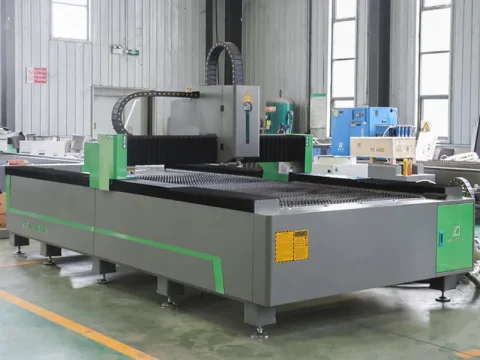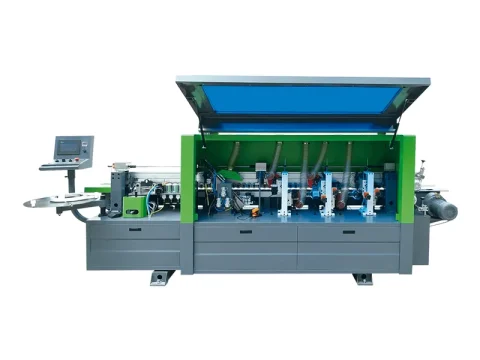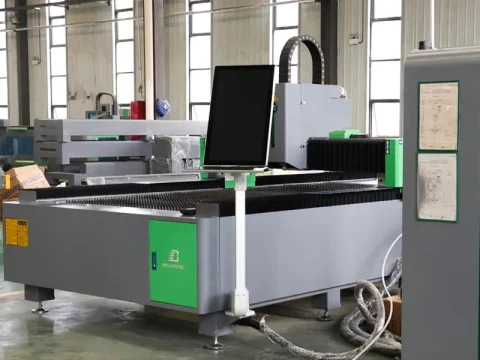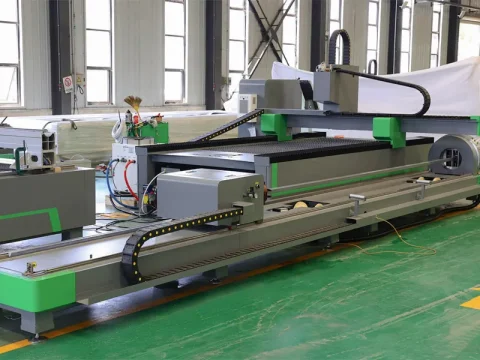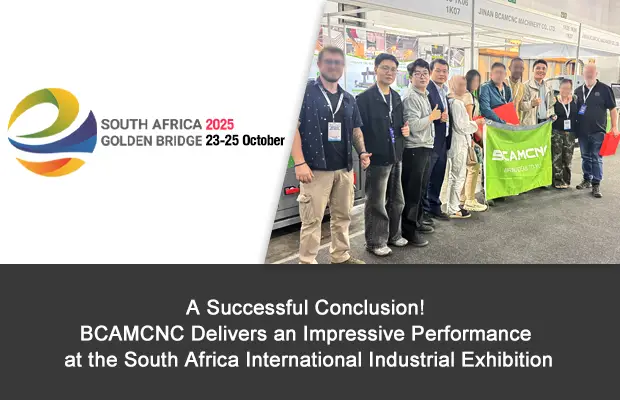Laser welding continues to reshape modern manufacturing, especially in applications that demand precision, speed, and clean results. Aluminum, however, stands out as one of the more challenging metals to process. Its high reflectivity, rapid heat dissipation, and natural oxide formation all introduce variables that require optimized equipment and refined welding strategies.
At BCAMCNC, we’ve supported hundreds of fabrication workshops and industrial buyers in selecting and operating laser systems for aluminum processing. Below, we break down the core challenges and share practical solutions based on real application experience.

Why Aluminum Welding Is Challenging?
Aluminum is valued for being lightweight, corrosion-resistant, and structurally strong. These advantages also make it tricky to weld consistently using ordinary methods. Laser technology enables cleaner, stronger joints — but only if the welding conditions are properly controlled.
1. Oxide Layer: The Hidden Barrier to a Clean Weld
Aluminum naturally forms a thin oxide film when exposed to air. This layer melts at over 2000°C, much higher than aluminum’s base metal. If left untreated, it leads to:
• Porosity
• Incomplete fusion
• Weak or inconsistent welds
BCAMCNC Recommended Approach
• Perform thorough surface preparation: mechanical brushing, chemical cleaning, or plasma treatment.
• Use a protective atmosphere (argon or helium) to reduce oxidation during the weld.
Good preparation dramatically enhances weld penetration and joint stability.
2. Rapid Heat Dissipation Due to High Thermal Conductivity
Aluminum transfers heat 4–5× faster than steel. During welding, heat quickly disappears from the joint area, making it difficult to maintain:
• Stable penetration
• Controlled melt pool
• Consistent bead geometry
How BCAMCNC Addresses This?
• Use higher-power fiber lasers to deliver concentrated energy.
• Apply pulsed welding modes to prevent overheating while achieving deeper fusion.
• Optimize travel speed and spot size to balance penetration with minimal distortion.
With the right parameters, you can achieve uniform welds even on thicker aluminum sections.
3. High Reflectivity: Reduced Absorption & Equipment Stress
Raw aluminum reflects a large portion of infrared laser energy. This can cause:
• Lower efficiency
• Unstable weld initiation
• Potential laser back-reflection damage
BCAMCNC Solution
• Our fiber laser systems operate near the 1 μm wavelength, which aluminum absorbs more effectively.
• Modern aluminum welding applications often rely on optimized beam control to stabilize the melt pool and improve penetration. This approach helps enhance overall weld quality without requiring excessive heat input.
• However, due to aluminum’s extreme reflectivity, we advise avoiding long-term continuous welding to maximize laser head lifespan.
This ensures both performance and reliability for users who frequently process reflective metals.
Final Thoughts from BCAMCNC
Aluminum may be challenging, but with proper preparation, optimized parameters, and professional-grade fiber laser systems, you can achieve clean, strong, and repeatable welds. BCAMCNC continues to develop solutions tailored for high-reflectivity and high-conductivity materials—ensuring that your workshop or production line stays competitive and efficient.
